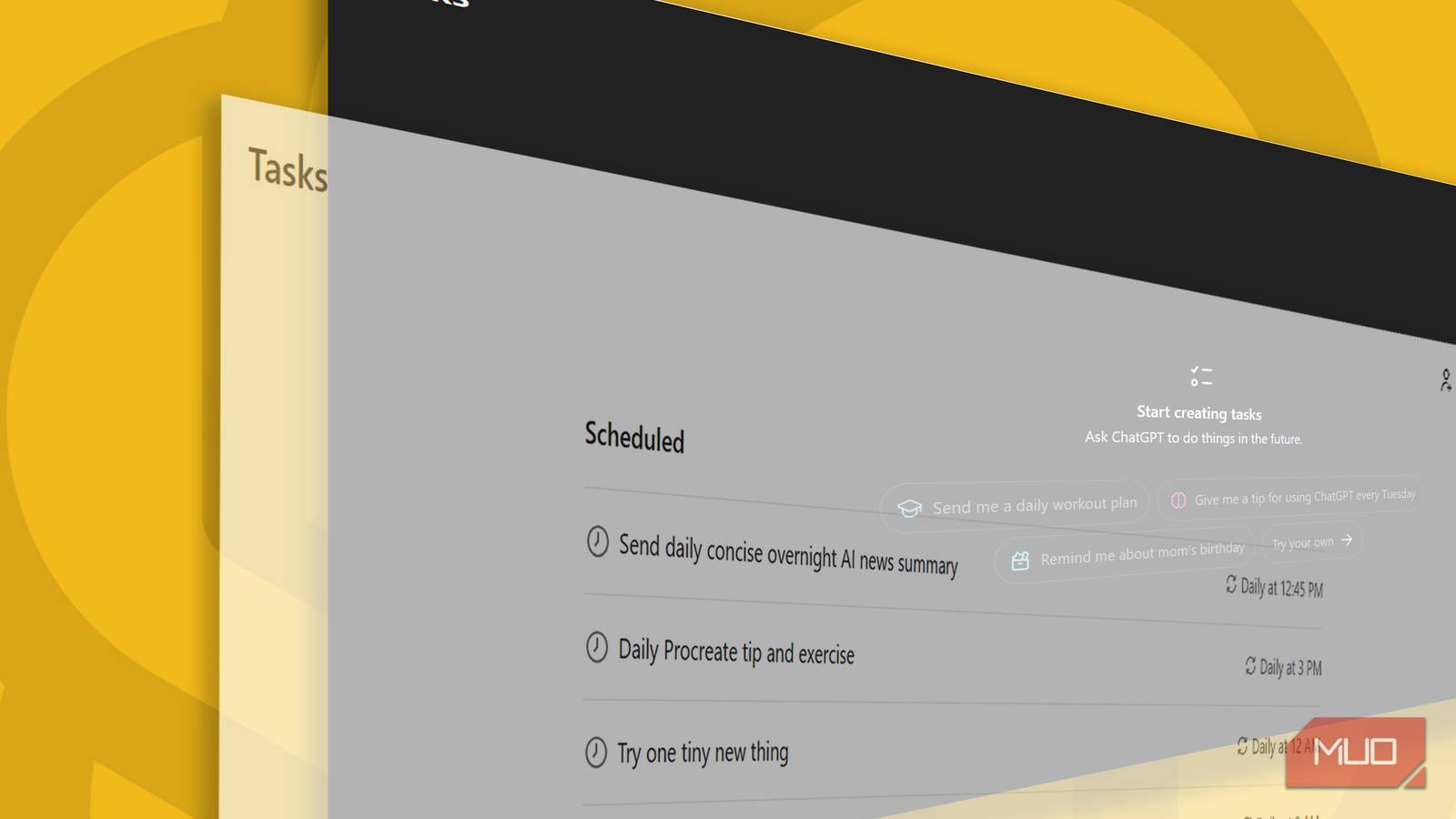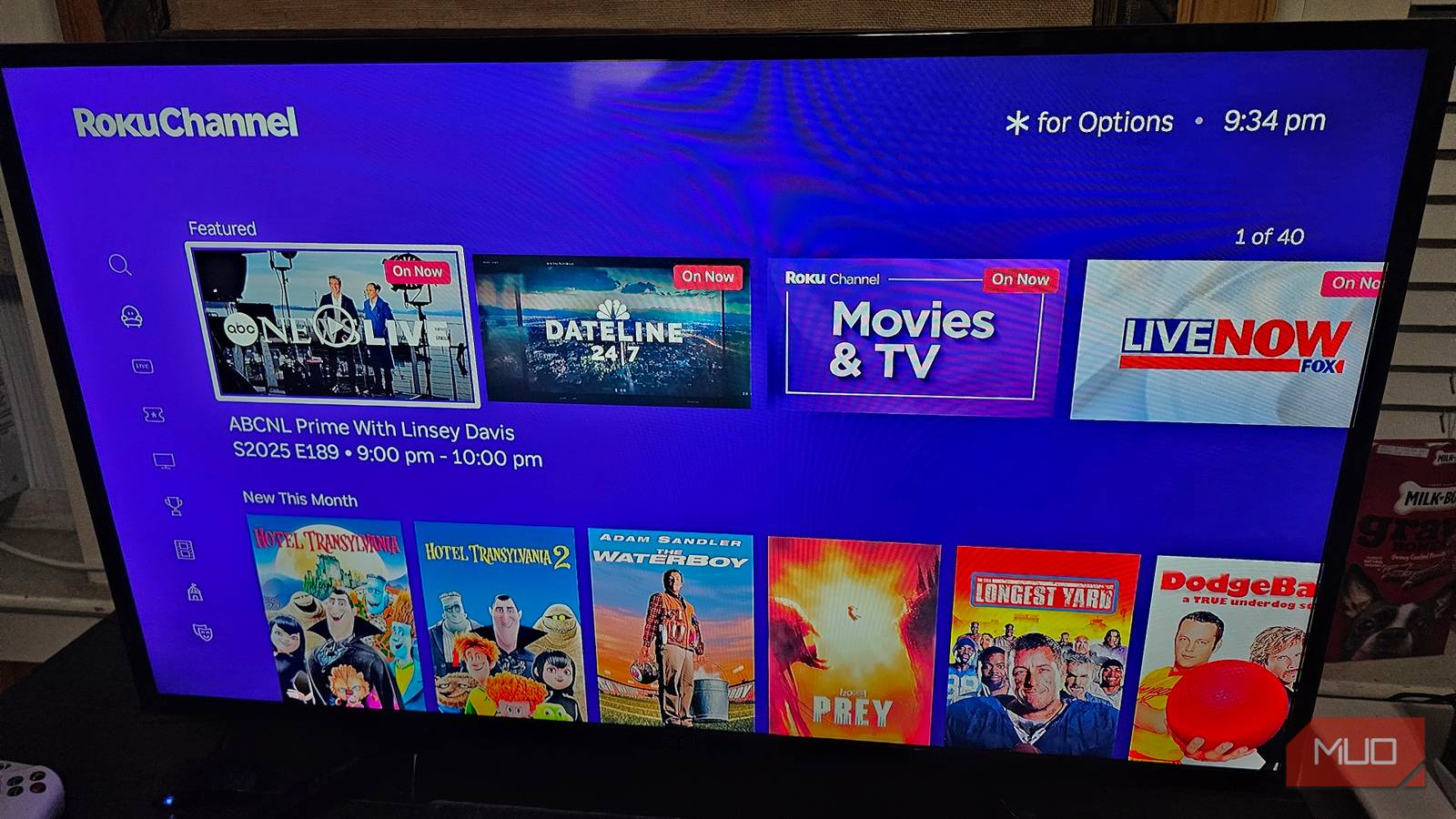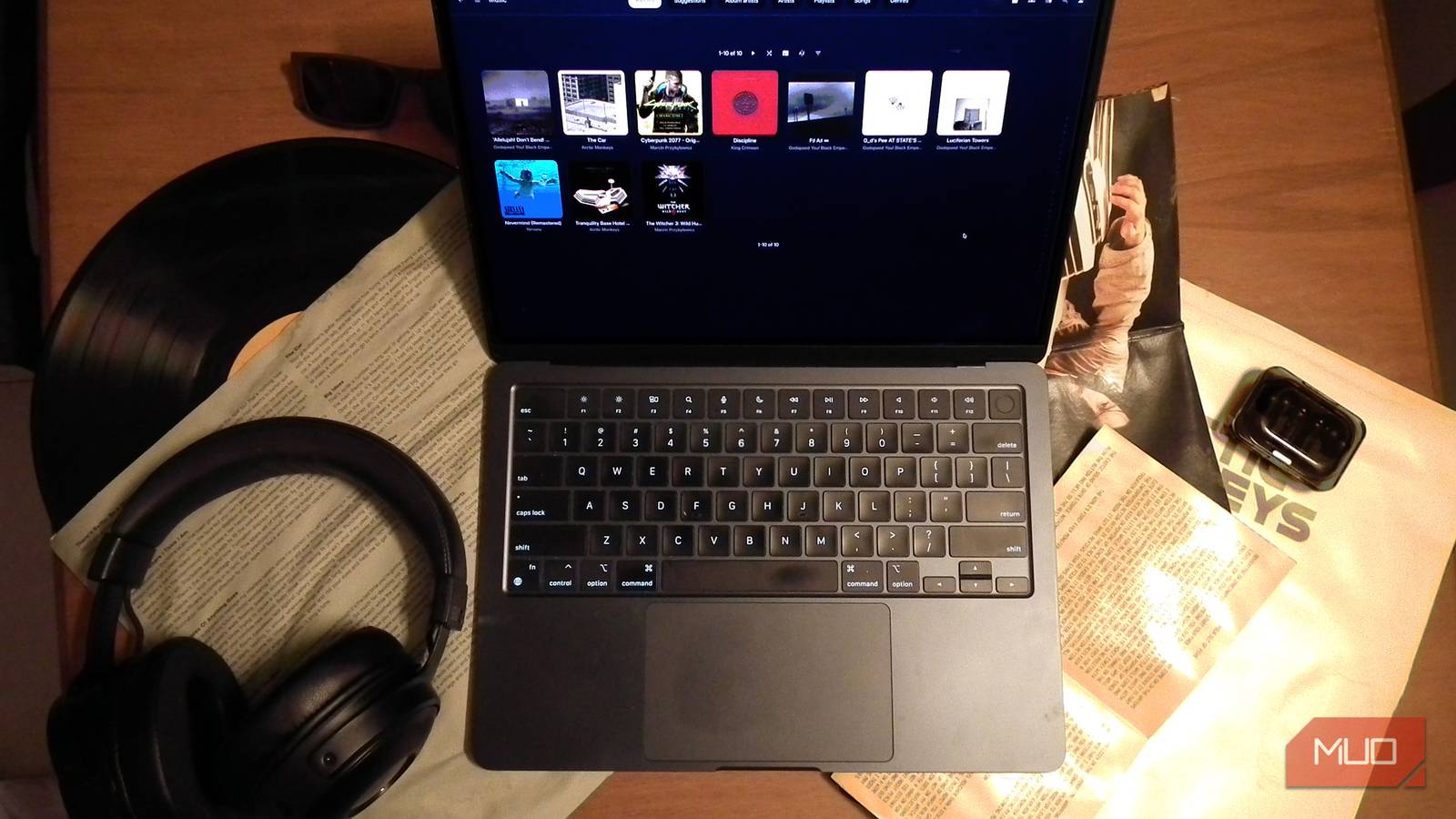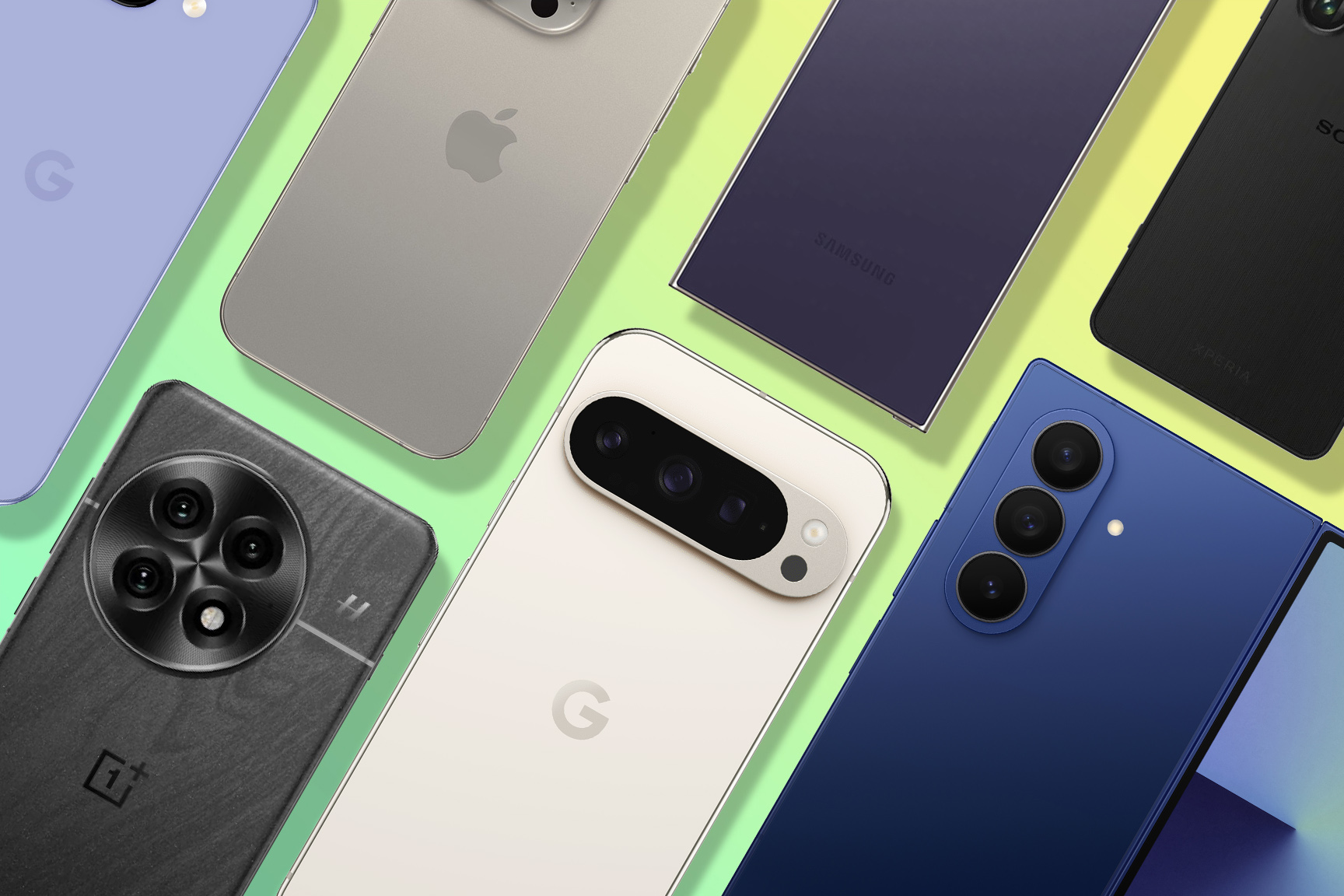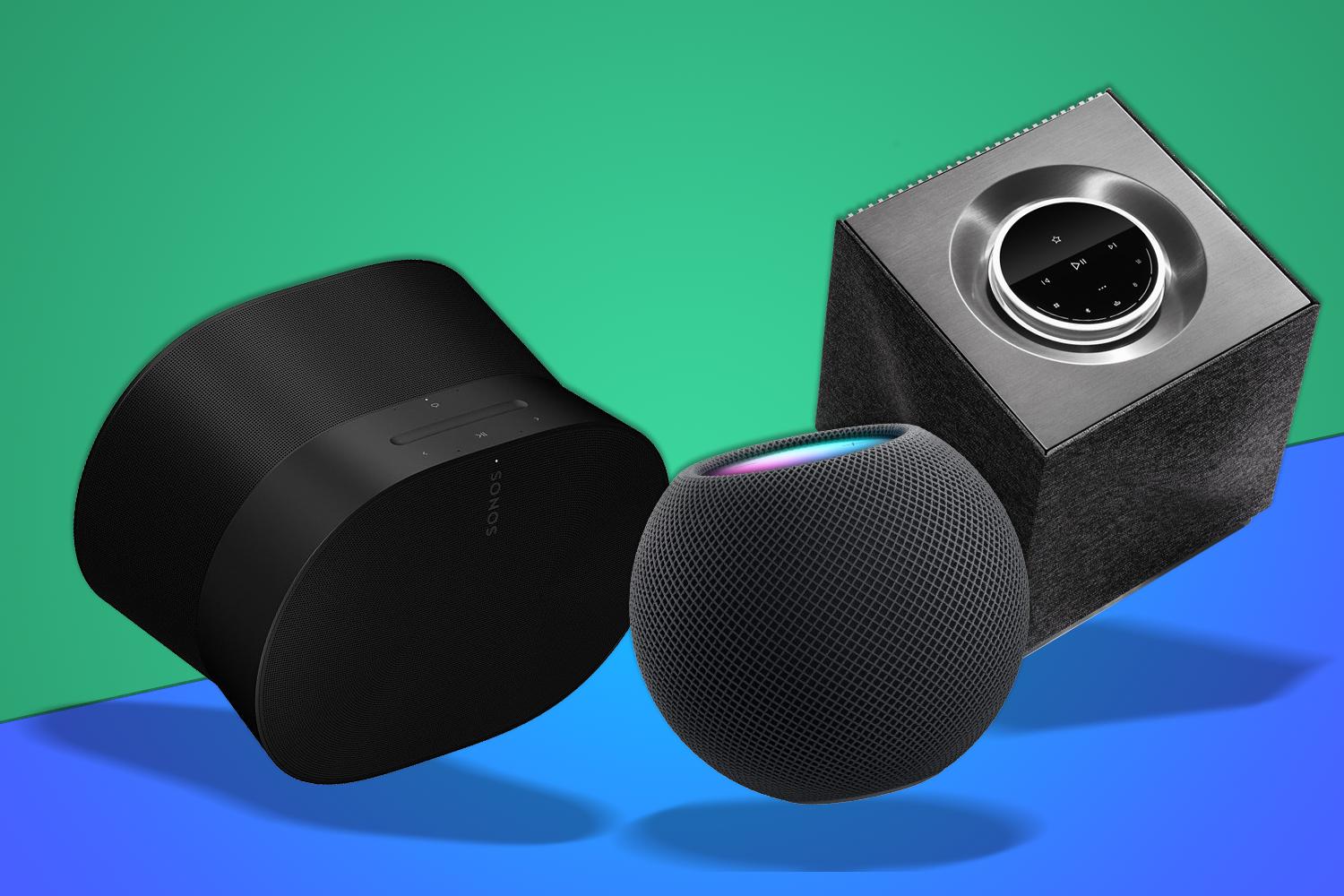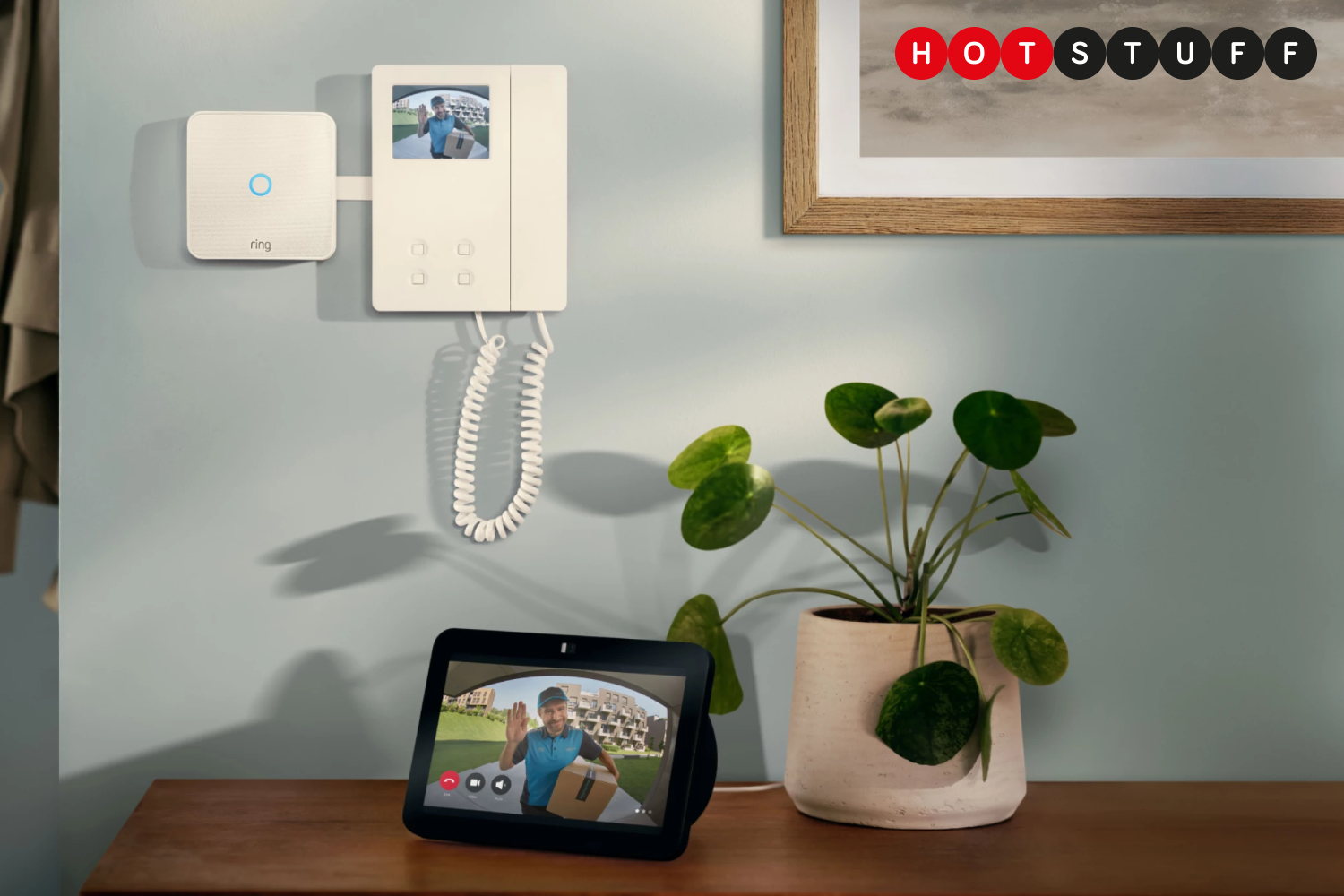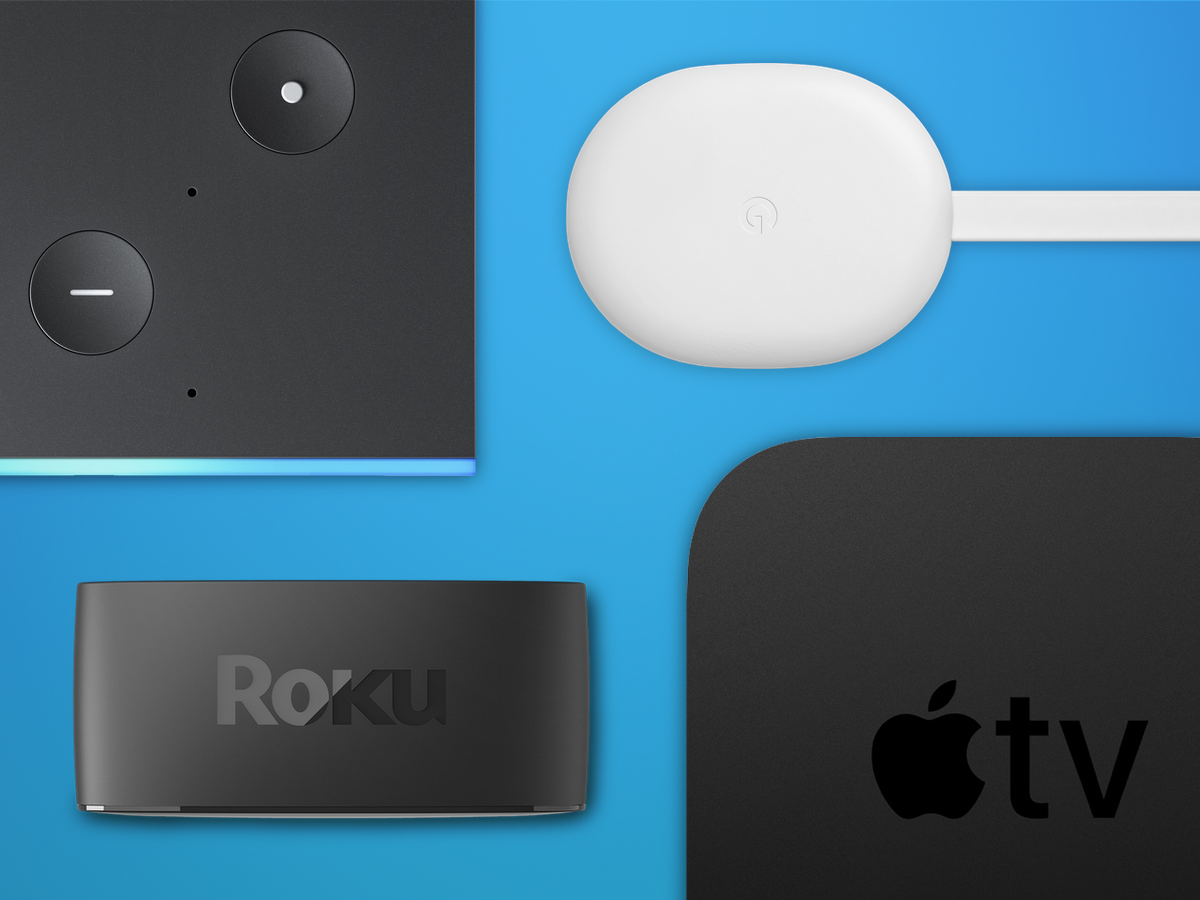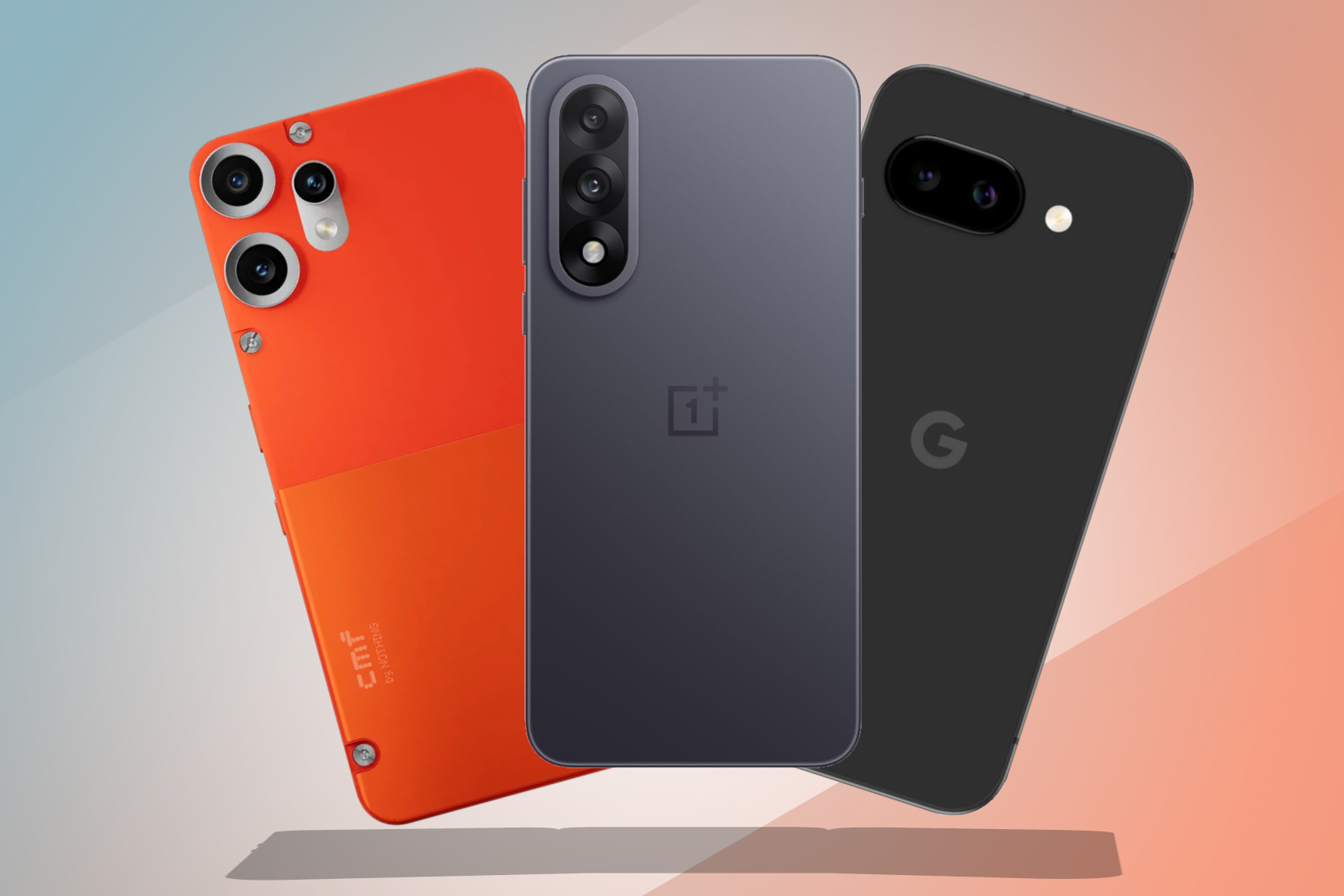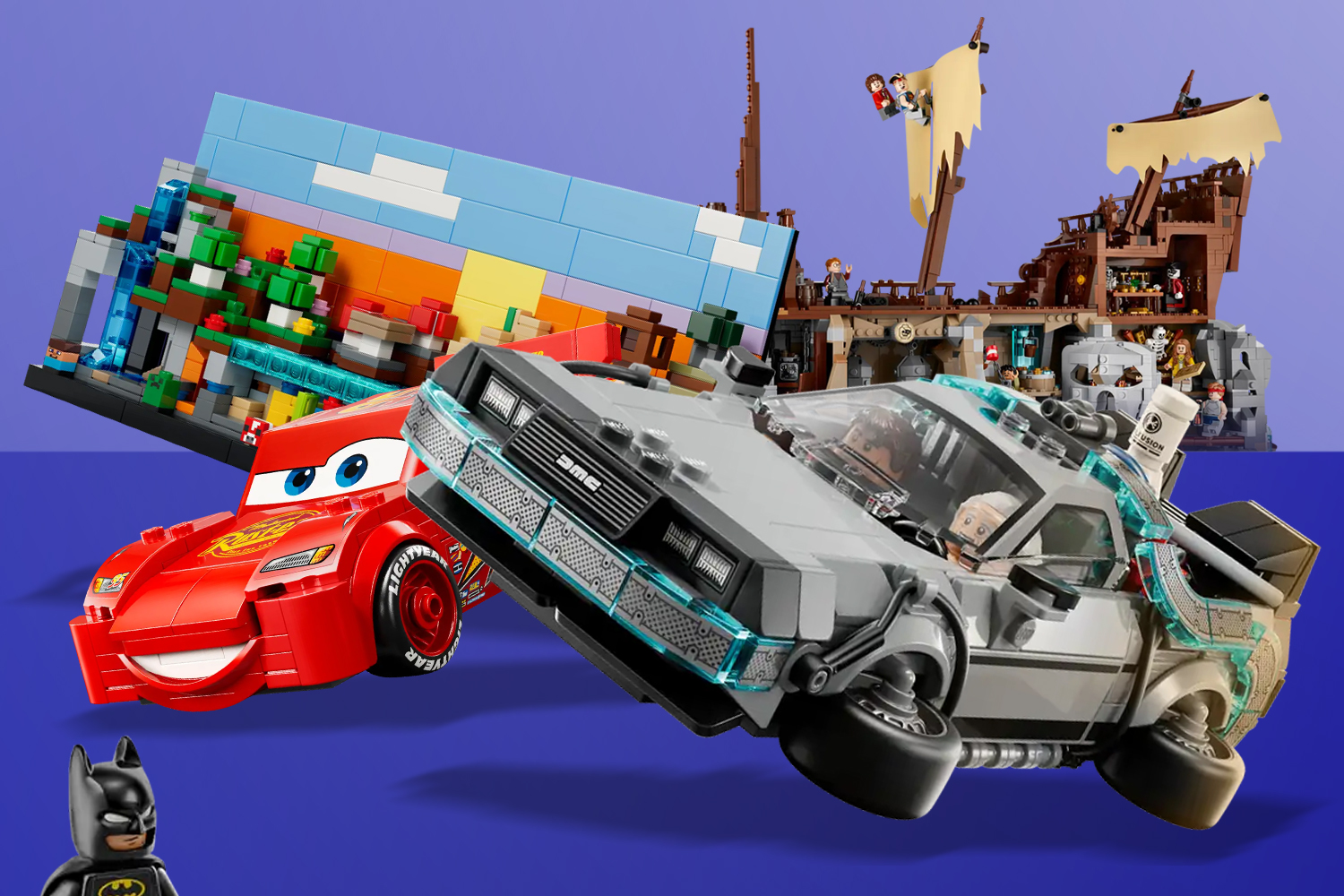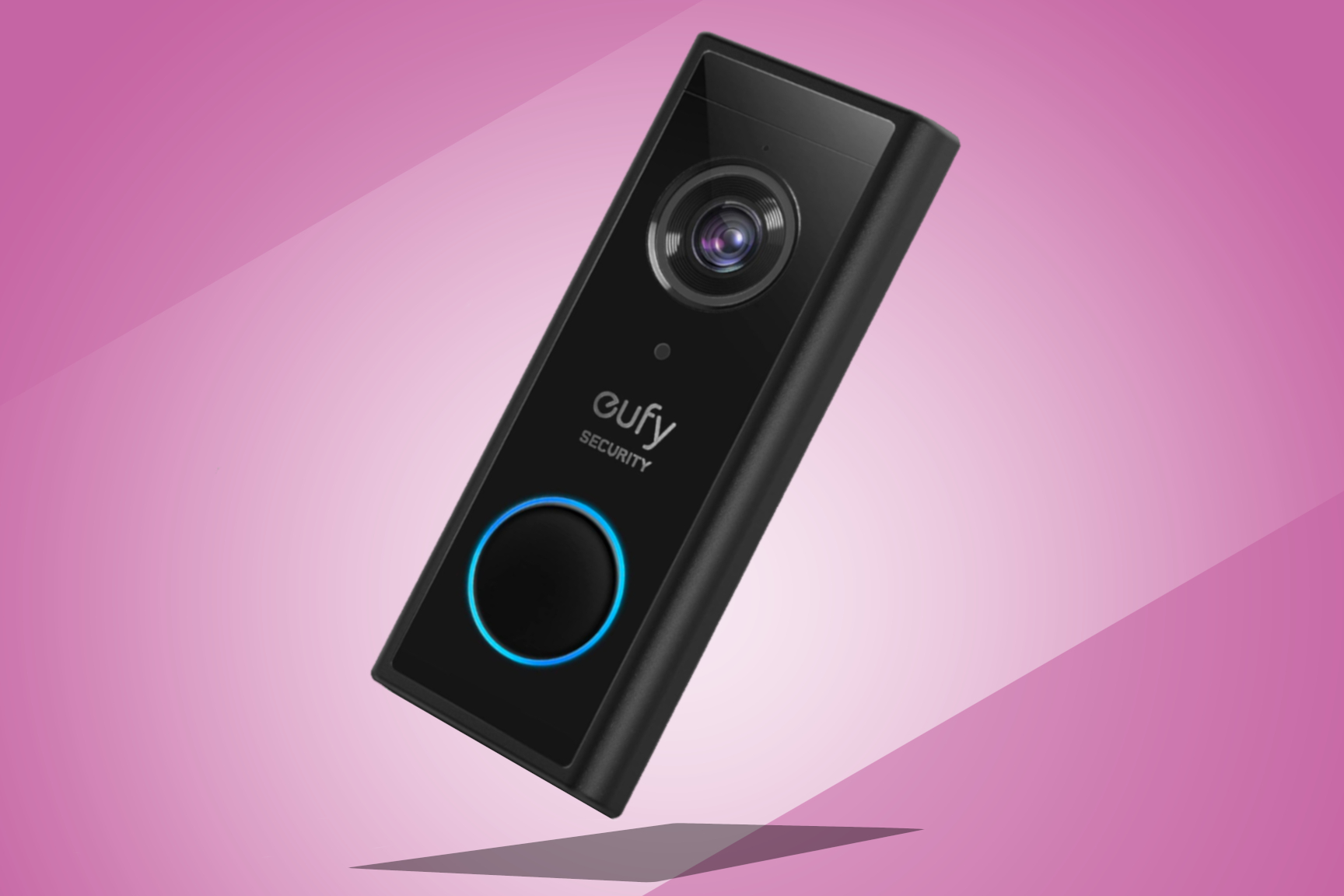Thinking about upgrading your phone? You’ve come to the right place. With so many models to choose from, it can be tricky to know which one’s worth your money. That’s why we’ve put together this guide, highlighting our top picks based on the things that matter most day to day. Whether you’re drawn to a big-screen Android or Apple’s latest iPhone, these are the handsets we think stand out.
We don’t just look at spec sheets – we test phones in real life. That means streaming shows to see how long the battery lasts, snapping hundreds of photos in different conditions to judge the cameras, and firing up demanding games to push the processors. We also pay close attention to the display, design, durability, and software to see how each device actually feels to use.
Only the strongest performers make the cut. So, whether you want the sharpest screen, the best camera setup, lightning-fast speed, or a phone that can comfortably last all day (and beyond), our rankings will point you in the right direction.
Why you can trust Stuff: Our team of experts rigorously test each product and provide honest, unbiased reviews to help you make informed decisions. For more details, read how we test and rate products.
Quick list: what’s the best phone?
The best smartphones you can buy today:
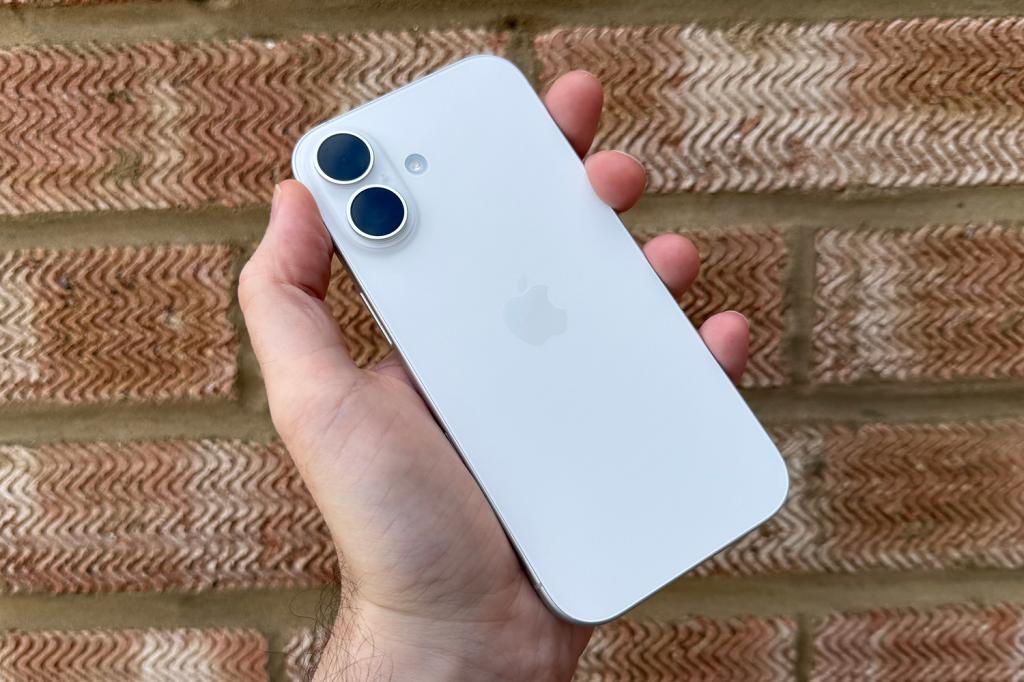
1. Apple iPhone 17
| Apple iPhone 17 specs | |
|---|---|
| Screen | 6.3in 2622×1206 120Hz OLED |
| Processor | Apple A19 |
| RAM | 8GB |
| Storage | 256GB/512GB |
| Software | iOS 26 |
| Cameras | 48MP Dual Fusion rear, 18MP Centre Stage front |
| Battery | 3561mAh |
| Dimensions | 149.9×71.5×7.95 mm / 5.89×2.81×0.31in |
| Weight | 177g / 6.24 oz |
The iPhone 17 is Apple’s best all-rounder yet — and arguably the iPhone most people should buy in 2025. Despite being the entry-level iPhone, it delivers Pro-level performance without the eye-watering price or bulk. While its design hasn’t changed much, the new Ceramic Shield 2 improves scratch resistance, and the build feels as premium as ever.
The biggest win is the display. Apple’s finally upgraded the standard iPhone to a 120Hz OLED panel, matching the Pros for smoothness and adding a 1Hz always-on mode. During testing, scrolling felt far more fluid than on the iPhone 16, and brightness hit 3000 nits – clearly visible even in direct sunlight. The stereo speakers also pack a surprising punch when watching videos or gaming.
The dual 48MP camera system impresses in most conditions. In testing, macro shots showed noticeably better sharpness, and 1x photos looked rich and detailed. The lack of a telephoto lens remains the biggest gap versus the Pro models, digital zoom quickly loses quality beyond 2x, but 4K/60fps video recording and stabilisation keep it competitive.
Performance is stellar thanks to the A19 chip. Games like Assassin’s Creed ran smoothly (with only minor heating), and music production in Korg Gadget performed better than on an M1 iMac. Battery life easily lasts a day of mixed use. The main gripes? USB 2.0 speeds and iOS 26’s flawed “Liquid Glass” interface.
Despite that, Apple’s ecosystem remains unmatched for creative tools and premium apps. Unless you need a telephoto lens or ultra-thin bragging rights, the iPhone 17 nails the essentials. It’s powerful, practical and, for once, a sensible choice.
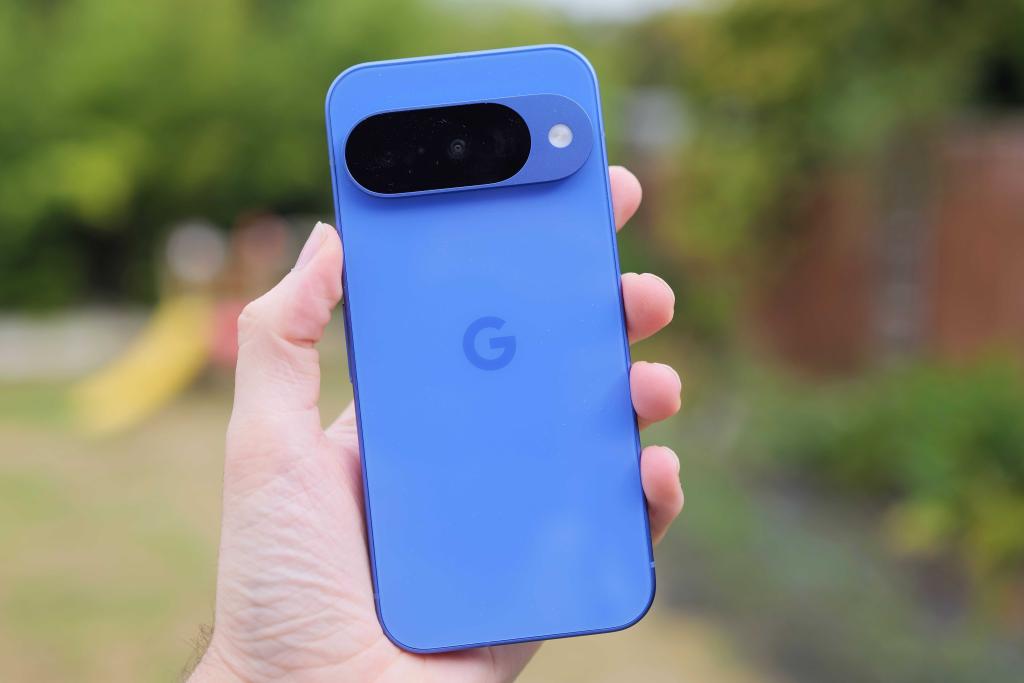

2. Google Pixel 10
| Google Pixel 10 specs | |
|---|---|
| Screen | 6.3in Actua Display, 3000 Nits, 60-120Hz |
| Processor | Google Tensor G5 |
| RAM | 12GB RAM |
| Storage | 128GB / 256GB |
| Software | Android 15 |
| Cameras | 48MP Main + 12MP Ultrawide + 10.8MP Telephoto (rear) 10.5MP (front) |
| Battery | 4970 mAh |
| Dimensions | 152.8 x 72 x 8.6 mm / 6.02 x 2.83 x 0.34 in |
| Weight | 204 g / 7.20 oz |
Just like the iPhone 17 above, the Google Pixel 10 makes a strong case for skipping the Pro. After an extensive review, it’s clear Google’s flagship-lite hits that sweet spot between power, design, and practicality, making it the Android phone most people should buy.
Let’s start with the build. The satin-finish metal frame and glossy glass back strike the perfect balance of grip and polish. It feels better in hand than the Pro, and the flatter camera bar keeps it steady on a desk (a small but genuinely useful detail). The new Indigo colour of our review unit pops beautifully, and the whole design feels more refined without losing Pixel character.
The 6.3in Actua OLED screen is another highlight. At 3000 nits, it’s blisteringly bright outdoors, with 120Hz smoothness and rich HDR contrast that makes games like Subnautica and binge-watching Wednesday look top-tier. The stereo speakers are punchy too – loud enough to fill a room without that tinny edge you sometimes get on thinner phones.
Performance from the Tensor G5 chip is effortless. Everything runs fast and fluid, from multitasking to AI-powered tools like Magic Cue and Gemini’s smarter on-device help. Yes, benchmark hunters will find Snapdragon 8 Gen 4 phones that score higher, but in the real world, this thing is absolutely great.
Cameras are the real surprise. The Pixel 10 finally gets a 5x telephoto alongside wide and ultrawide lenses, making it a true triple-threat. Shots are sharp, vibrant, and consistent across all lenses, while AI tools like Auto Best Take genuinely save ruined group photos. Even the macro mode impressed; it’s great fun for texture shots and close-ups.
Battery life easily stretches through a day, and 30W wired charging plus 15W PixelSnap wireless top-ups keep it convenient. The only real gripe is 128GB base storage – it’s 2025, and that’s stingy.
Otherwise, this is the Pixel to buy. You get nearly all the Pro’s capability for hundreds less, wrapped in a design that feels just as premium. Unless you need the very best wireless charging speeds, the Pixel 10 is the smarter choice.
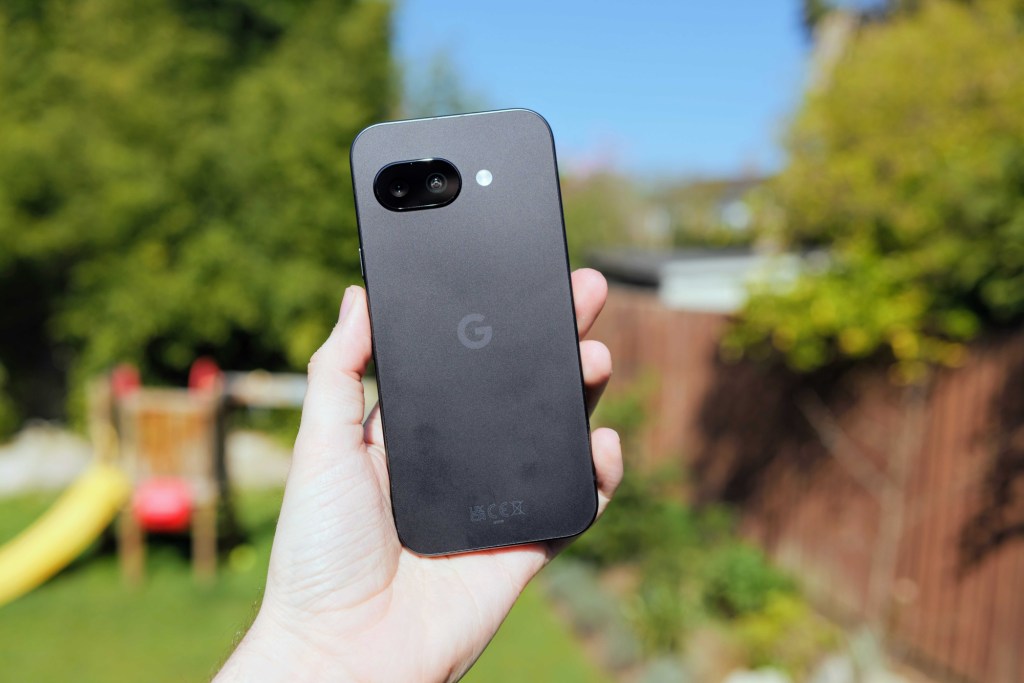

3. Google Pixel 9a
| Google Pixel 9a specs | |
| Screen | 6.3in Actua Display, 1080 x 2424 OLED, 2700 nits, 60-120Hz |
| CPU | Google Tensor G4 |
| Memory | 8GB RAM |
| Cameras | 48MP f/1.7 main + 13MP,f/2.2 ultrawide rear 13MP, f/2.2 front |
| Storage | 128 GB/256 GB |
| Operating system | Android 15 |
| Battery | 5100 mAh |
| Dimensions | 154.7 x 73.3 x 8.9mm / 6.1 x 2.9 x 0.4in |
| Weight | 185.9 g / 6.6 oz |
We’ve long been fans of Google’s affordable phones, and the Pixel 9a continues that record – even if it truly stretches the definition of “affordable” now. This is still as well-rounded a phone and as streamlined an Android experience as you’ll get for the cash, with a composite shell that does a stellar impression of the glass used by its premium cousins. You’re also getting pure Android 15, which the 9a’s Tensor G4 CPU (same as the Pixel 9 Pro) runs without a stutter.
Where the Pixel 9a really excels is in the photography stakes. With powerful algorithms in its arsenal, almost every image it captures is balanced, noise-free and packed with detail. There’s no telephoto, but autofocus is rapid, while the combination of a high-pixel-count main camera and Night Sight smarts pulls true-to-life stills from tricky late-night scenes.
One-time luxuries like wireless charging and a 120Hz refresh rate are now standard, means you’ll struggle to find a better all-round Android experience for less.
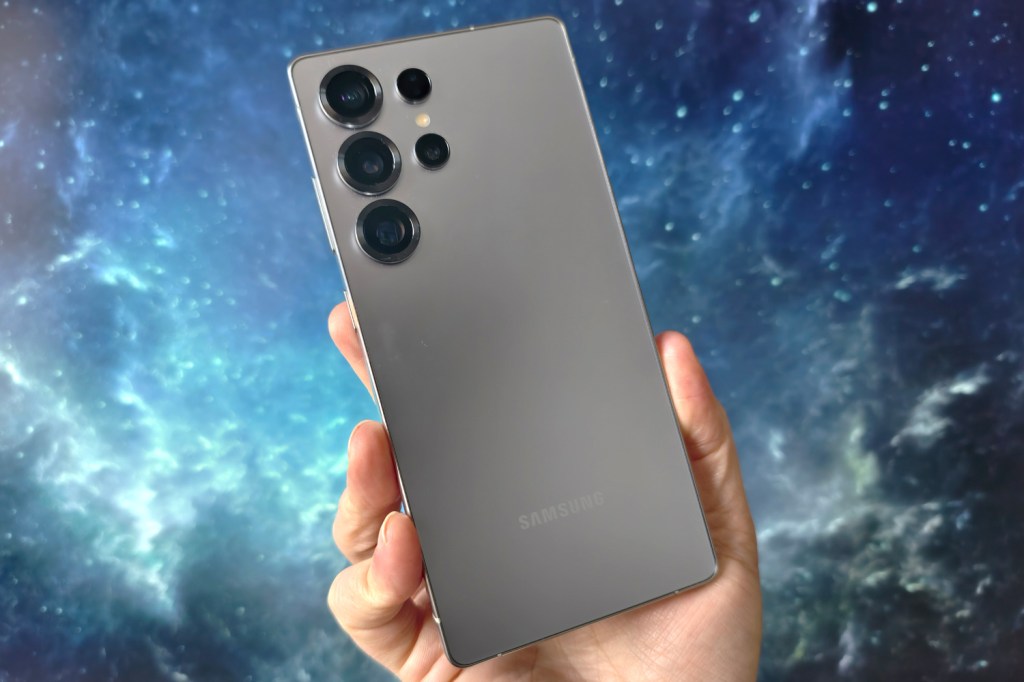

4. Samsung Galaxy S25 Ultra
| Samsung Galaxy S25 Ultra specs | |
|---|---|
| Screen | 6.9in, 3088×1440 AMOLED, 120Hz |
| Processor | Snapdragon 8 Elite for Galaxy |
| RAM | 12GB |
| Storage | 256GB/512GB/1TB |
| Software | Android 15 with OneUI 7 |
| Cameras | 200+50+10+50MP (rear), 12MP (front) |
| Battery | 5000mAh |
| Dimensions | 163x78x8.2mm / 6.42 × 3.07 × 0.32 in |
| Weight | 218g / 7.69 oz |
Samsung’s Galaxy S25 Ultra proves that sometimes refinement is just as important as reinvention. This year’s flagship keeps much of what made the S24 Ultra a fan favourite while introducing meaningful improvements in design, performance, and AI integration. With Gorilla Armor 2 glass for superior durability and reduced reflections, a sleek titanium frame, and a larger 6.9in AMOLED screen that dazzles despite not being the brightest in the market, it’s a stunning device in every sense.
AI improvements are now front and centre, giving this phone a smoother, more consistent feel that genuinely competes with the very best. The new 50MP ultrawide camera adds welcome flexibility, while the 200MP main sensor still delivers superb results, packed with detail and punchy colours. Though the zoom lenses lag behind the competition, they still capture sharp, balanced images.
Wait, how can the very best Android phone only score four stars? Essentially, Galaxy S25 Ultra is an iterative update over last year’s S24 Ultra, which can now be had for considerably less cash.
While it may not represent a seismic leap from the S24 Ultra, it excels as a long-term upgrade for Samsung fans ready to take advantage of AI-driven software improvements. Not everything is perfect, of course. The S Pen’s downgrade and the battery’s limited stamina are worth noting, but for anyone after a high-end Android experience, the overall package remains hard to beat.
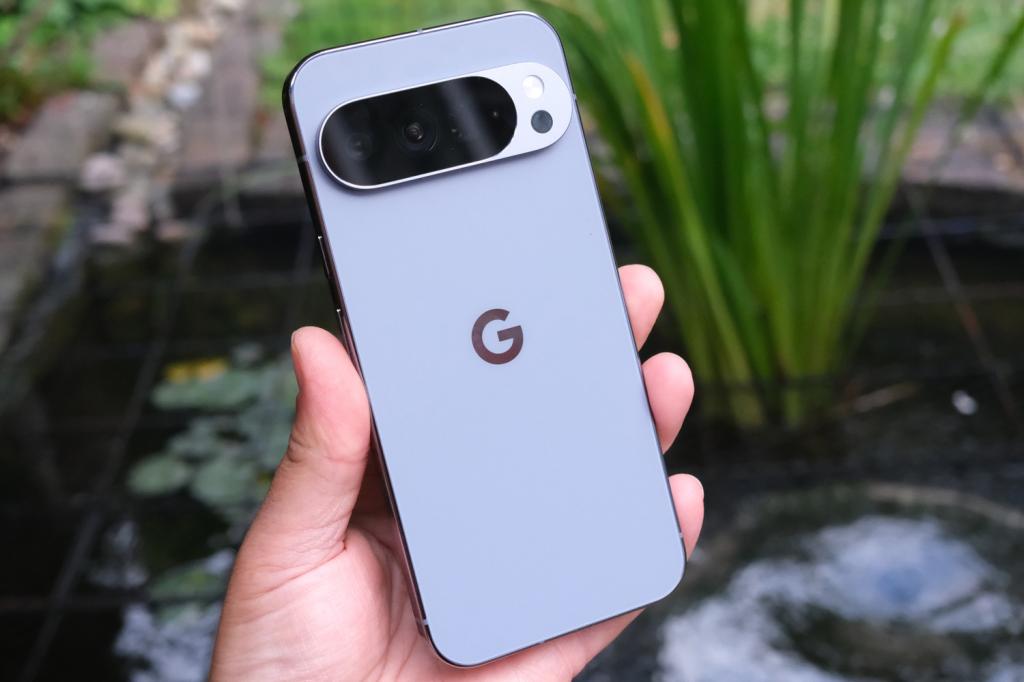

5. Google Pixel 10 Pro XL
| Google Pixel 10 Pro XL specs | |
|---|---|
| Screen | 6.8in, 2992×1344 OLED w/ 1-120Hz |
| Processor | Google Tensor G5 |
| RAM | 16GB RAM |
| Storage | 128/256/512GB/1TB |
| Software | Android 16 |
| Cameras | 50MP + 48MP telephoto + 48MP ultrawide rear 42MP front |
| Battery | 5200mAh w/ 45W wired, Pixelsnap Qi2 25W wireless charging |
| Dimensions | 163x77x8.5 mm / 6.42 × 3.03 × 0.33 in |
| Weight | 232g / 8.18 oz |
The Pixel 10 Pro XL might look familiar, but it’s a refinement in all the right ways. Google’s flagship feels more mature this year, a polished mix of superb design, a class-leading screen, excellent cameras, and thoughtful upgrades that make it easier to live with day-to-day.
The new Moonstone finish looks stunning, Qi2 wireless charging finally brings Android into MagSafe territory, and the 6.8in OLED display is an absolute treat – sharp, fluid, and ridiculously bright, hitting up to 3300 nits.
Performance is strong, too. The Tensor G5 chip may not break benchmark records, but it’s fast, consistent, and cool-running. Paired with 16GB of RAM, multitasking feels effortless. The 5200mAh battery comfortably lasts a full day, and with 45W wired or 25W Qi2 wireless charging, topping up never feels like a chore. Sound quality has had a big step up, too, with upgraded speakers delivering a fuller, more balanced tone that suits both gaming and video.
As for the cameras, they’re every bit as good as you’d expect from Google. The trio – 50MP main, 48MP ultrawide, and 48MP telephoto – deliver beautifully detailed shots with natural tones and crisp contrast. Night Sight continues to lead the pack, while the AI-assisted 100x Pro Res zoom is fun to play with, even if it occasionally leans into generative territory.
But what really surprised us this year was the AI. Gemini’s smarter, more context-aware features are genuinely helpful, not gimmicky. Magic Cue brings up useful prompts mid-conversation – flight details when you call your airline, addresses when messaging friends – and it feels organic, not intrusive. Live Highlights and the new journalling app still need refinement, but they point in an interesting direction for Google’s software future.
The real breakthrough, though, is Camera Coach. This early preview feature analyses your framing in real time and suggests better angles or modes to improve your shot – complete with generative previews of what the change could look like. It’s simple, intuitive, and honestly, the first AI tool that’s made us want to use AI more, not less.
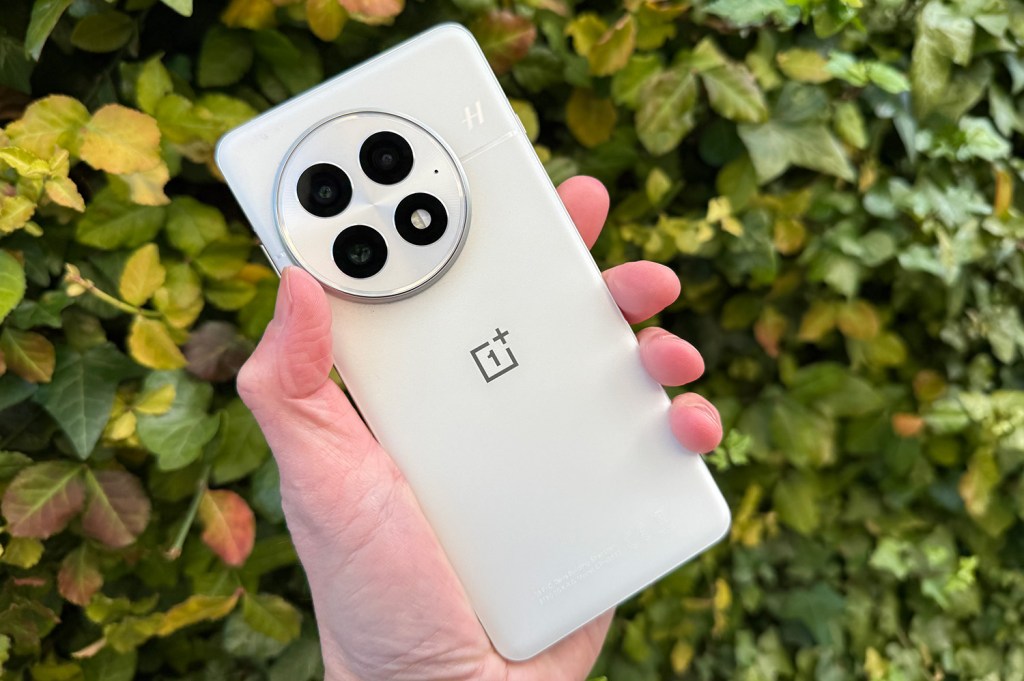

6. OnePlus 13
| OnePlus 13 specs | |
|---|---|
| Screen | 6.82in 3168×1440 120Hz OLED |
| Processor | Qualcomm Snapdragon 8 Elite |
| RAM | 16GB |
| Storage | 256/512GB |
| Software | Android 15 with OxygenOS |
| Cameras | 50+50+50MP rear, 32MP front |
| Battery | 6000mAh w/ 100W wired, 50W wireless charging |
| Dimensions | 163x77x8.5mm / 6.42 × 3.03 × 0.33 in |
| Weight | 213g / 7.51 oz |
Delivering killer specs at a competitive price point, we think the OnePlus 13 hits another home run. This year’s model doens’t move the game along so much in terms of design, but adds s simply massive battery, the fastest Snapdragon silicon going and a balanced trio of rear cameras. Given the price, it’s hard to argue with.
Its all-screen frontage still fits the modern mould, and the tactile matte back adds a premium feel. The display itself is outstanding, with dynamic refresh rates ranging from 1 to 120Hz, ensuring smooth performance across the board. The trademark alert slider instantly marks it as a OnePlus device, while the Hasselblad branding on the distinctive circular camera bump hints at enhanced photography features.
Performance-wise, the OnePlus 13 is predictably superb, handling everything we threw at it with ease. Battery life was impressively frugal during our tests, and when the 6000mAh cell did run out, the 100W SuperVooc charging had it back to full in just over half an hour. If you’re after a flagship bargain, we believe the OnePlus 13 comfortably undercuts every major big-screen rival.


7. Samsung Galaxy Z Fold 7
| Samsung Galaxy Z Fold 7 specs | |
| Screen | 6.5in, 2520×1080 120Hz AMOLED (outer) 8in, 2184×1968 120Hz AMOLED (inner) |
| CPU | Qualcomm Snapdragon 8 Elite for Galaxy |
| Memory | 12/16GB |
| Cameras | 200MP + 10MP telephoto + 12MP ultrawide rear 10MP front 10MP inner |
| Storage | 256GB/512GB/1TB |
| Operating system | Android 16 w/ OneUI |
| Battery | 4400mAh w/ 25 wired, 15w wireless charging |
| Dimensions | 158x143x4.2mm / 6.22 × 5.63 × 0.17 in (unfolded) 158x73x8.9mm / 6.22 × 2.87 × 0.35 in (folded) |
| Weight | 215g / 7.58 oz |
That the Galaxy Z Fold 7 arrived as unbelievably thin as it did was honestly a bit of a shock. We were used to Samsung phoning it in a bit with each successive generation, but this Fold feels entirely new, being just 4.2mm when unfolded and rocking a larger, more sensibly proportioned outer display. It feels like a traditional smartphone, until you unfurl it and see the giant 8in display lurking inside.
Performance is top-tier, courtesy of a Snapdragon 8 Elite for Galaxy chipset, and the software is much improved too. It arrives running Android 16, which brings some welcome boosts to multitasking, and all the AI-assisted apps continue to get smarter as well. A 200MP rear camera inherited from the Galaxy S25 Ultra is the icing on the cake.
Chinese brands were beginning to dominate the foldable space, leaving the rest of the world to look on with jealousy. That’s not the case anymore. Samsung is back at its best here.
Want more folding phone suggestions? Check out Stuff’s guide to the best folding smartphones.
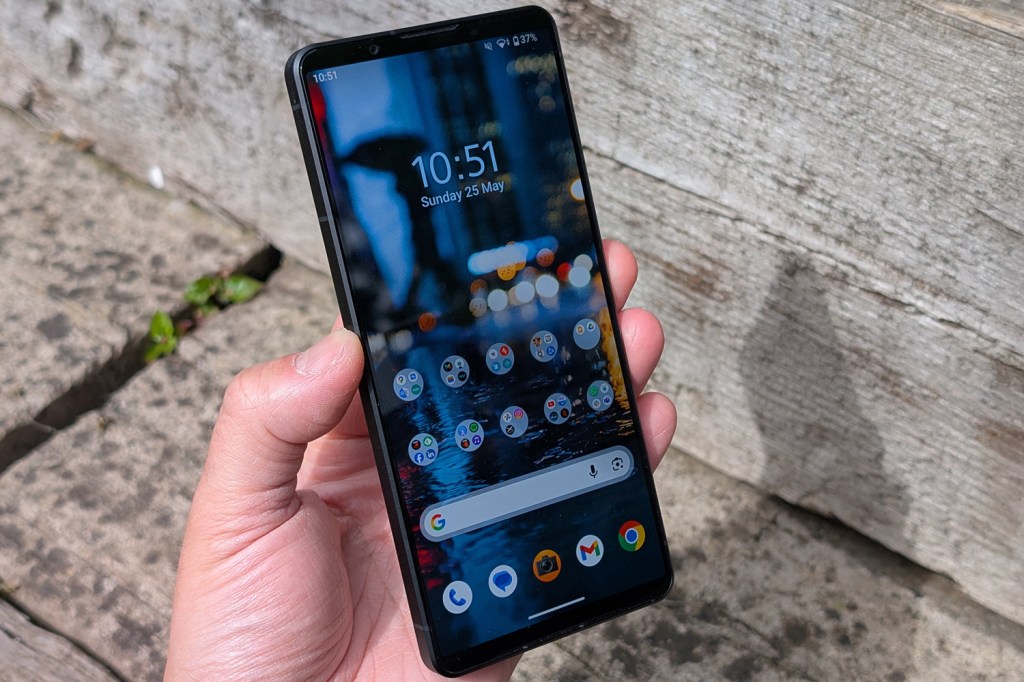

8. Sony Xperia 1 VII
| Sony Xperia 1 VII specs | |
|---|---|
| Screen | 6.5in 2340×1080 OLED w/ 120Hz |
| Processor | Qualcomm Snapdragon 8 Elite |
| RAM | 12GB |
| Storage | 256GB, microSD |
| Software | Android 15 |
| Cameras | 48+12+48MP (rear), 12MP (front) |
| Battery | 5000mAh |
| Dimensions | 162x74x8.2mm / 6.38 × 2.91 × 0.32 in |
| Weight | 197g / 6.95 oz |
The Xperia 1 VII picks up where Sony’s most ‘mainstream’ flagship for years left off. A 19.5:9 OLED screen with a Full HD+ pixel count is more in keeping with what rivals are doing, but there’s still room at the top and bottom for a pair of forward-facing stereo speakers.
All the other Sony hallmarks remain, including a 3.5mm headphone port and a microSD card slot (which you can get to without having to keep a SIM tray tool with you at all times). The overall styling is beginning to show its age, though, with some of the thickest screen bezels you’ll find for this kind of cash. Underneath, a Snapdragon 8 Elite does all the heavy lifting, and stays wonderfully cool in the process.
On the photography front, Sony has properly stepped up its ultrawide game this year, and the results speak for themselves. When it comes to fitting more of a scene into every snap, the Xperia VII is a class leader. It can still handle rapid burst shooting in HDR, with plenty of manual options for serious snappers, while the auto mode is there for people who prefer to just point-and-shoot.
It’s a pricey handset, no doubt, making it harder to recommend to all but those already converted to the Xperia way of life.
How to choose the best smartphone for you
In order to buy the best smartphone for your needs, there are several important factors to consider. Luckily, Stuff’s smartphone experts are here to help you compare options and make a final decision.
The first big decision you’ll have to make is choosing between Apple’s iOS and Google’s Android operating systems. Both have their own interface, features, and app ecosystem, so if you have a preference or existing devices with potential compatibility issues, then it’s best to stick with what you’re already familiar with.
One of the next things you’ll need to do is set a budget. Smartphones vary widely in price, from as little as $300/£200 to over $1200/£1000. Once you’ve decided on a budget you’ll be able to narrow down potential candidates from our best cheap phone guide, best mid-range smartphone guide, and the best premium phones (this guide).
Once you’ve decided on an operating system and budget, then it’s time to consider things like size, resolution, and quality of the display. If you prefer a more compact phone then you can read Stuff’s guide to the best small phones, or you might prefer a bigger screen which is better for watching videos and reading.
The performance of your smartphone will largely depend on how much you spend, but you should look for a phone with a decent amount of processing power, RAM, and storage capacity (of course, we’ll help you avoid any underpowered phones). This ensures smooth a multitasking experience, and fast app loading.
Battery life is always worth checking before you buy. Look at both the battery capacity and how long the phone actually lasts in real-world use. Our reviews cover this in detail, alongside fast charging and wireless charging support, both of which are especially handy in day-to-day life.
While all smartphones are pretty good at taking pictures nowadays, if you’re really into taking pictures, then you’ll want one of the best smartphones for photography.
And, finally, if you’re a hardcore gamer, then you should consider one of the best smartphones for gaming. These push performance to the max to take your mobile gaming to the next level.
Frequently asked questions
What is the difference between a mobile phone and a smartphone?
A “mobile phone” is technically any portable device that can make calls and send texts – think old-school feature phones with very limited extras.
A “smartphone” goes much further, combining calling with advanced computing power. Modern smartphones run platforms like iOS or Android, offer app stores, internet access, GPS, cameras, and much more.
So while every smartphone is a mobile phone, the reverse isn’t true.
Recent updates
- 27th October 2025: We’ve replaced the iPhone 16 with the newer iPhone 17 as the best phone overall. We also replaced the Google Pixel 9 Pro with the Google Pixel 10, and added the Google Pixel 10 Pro as well.

